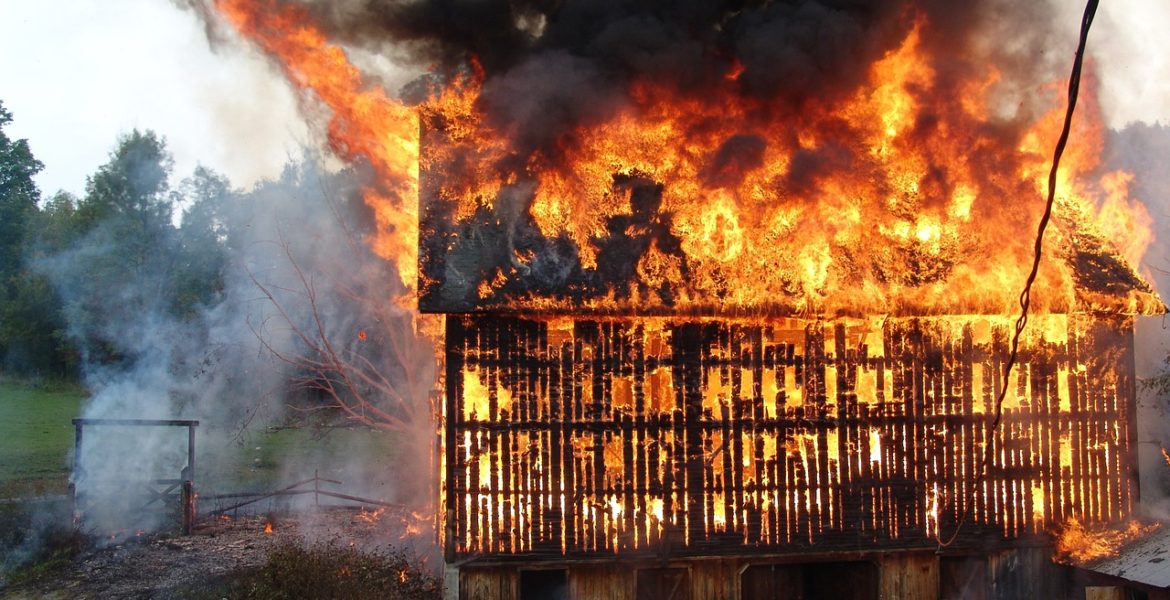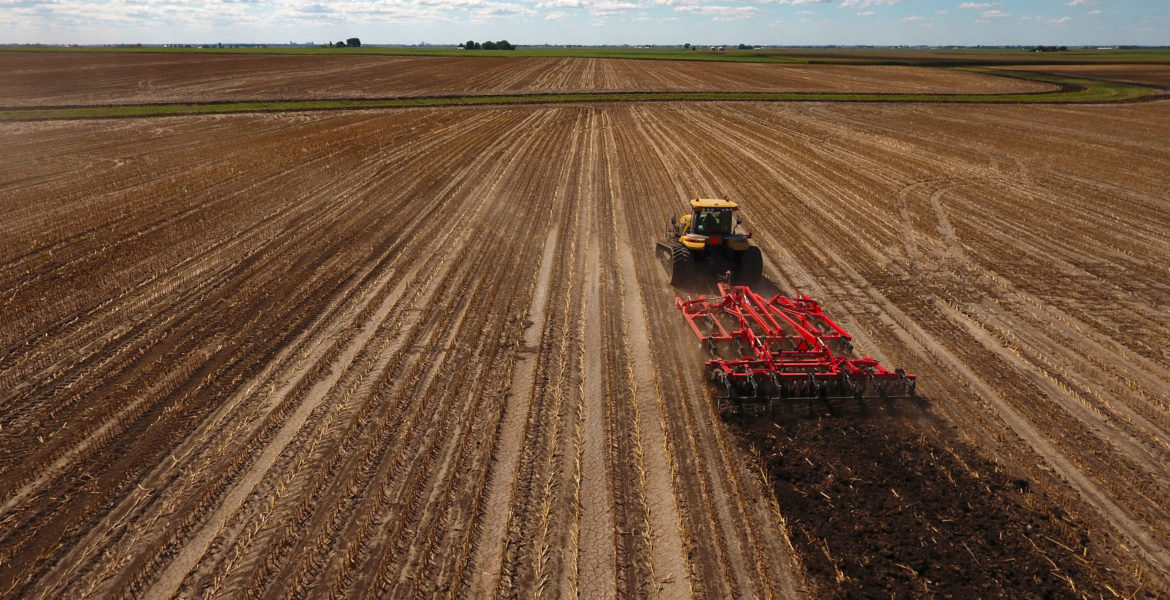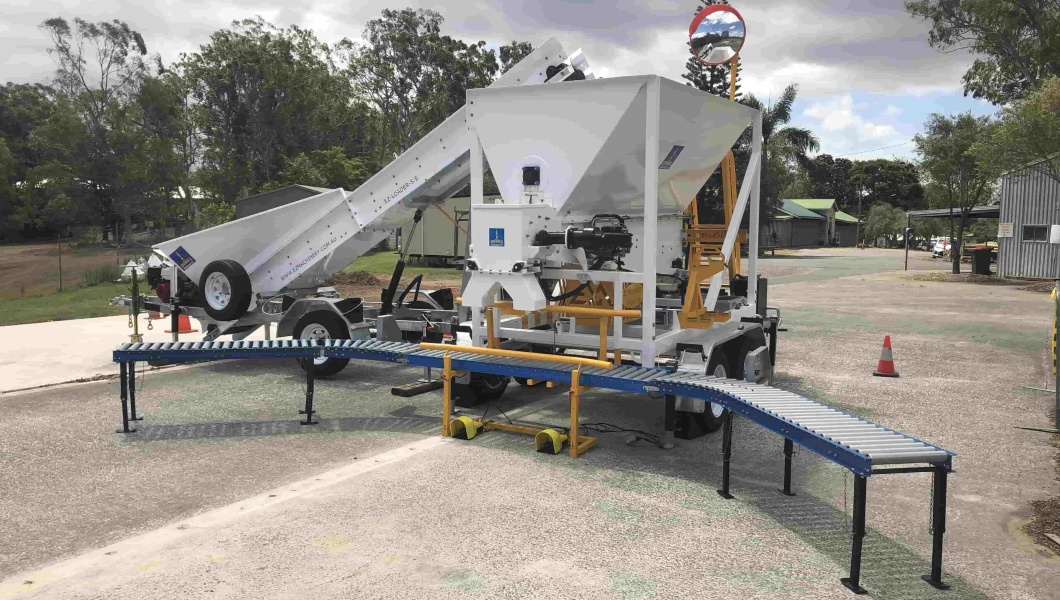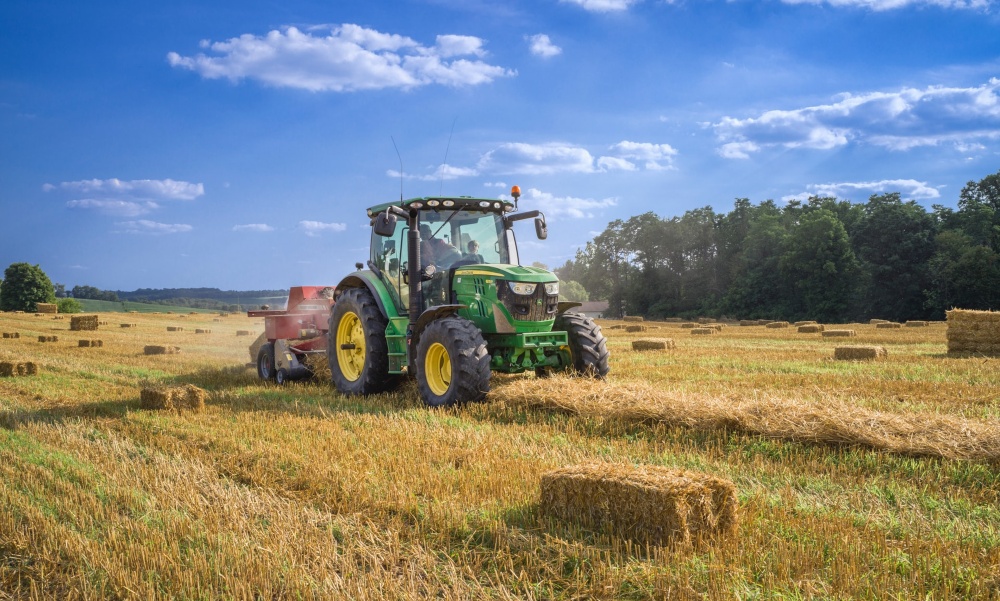As farmers, you are vulnerable to bushfires, floods, and other damaging environmental events.
It is vital that you are prepared to protect your farm, family, crops, animals, livestock, buildings, and equipment in the event of an emergency or disaster.
A key part of your responsibility means planning and preparing ahead. This will help you make sure that in the event of a fire, flood, disaster, accident or emergency, you are ready to act and minimise its impact. It can also help reduce the time it takes for you to recover after a disaster.
This is a quick and accessible guide for how to prepare for an emergency on your farm.
General tips
A key part of being prepared is knowing exactly where you are vulnerable and what the risks if something goes wrong. You need to take the time to understand risks and develop an emergency response plan that is shared and practised throughout your farm – including with workers and your family.
- Have an emergency kit that is always stocked and ready to go. This needs to be easily accessed – preferably in a vehicle or in an easy-to-grab location.
- Think about what you need to do when an emergency strikes. This could mean getting the right equipment or figuring out how to leave your farm as soon as possible if needed.
- Consider your property and list what needs to be done in the event of an immediate emergency. This could be penning stock, barricading the house, putting machinery and equipment away, securing items or whatever else is applicable to your property.
- Prepare your vehicle with extra water and fuel so it is always ready to go.
- Work out whether you will be safe to shelter in your home or if you need to leave. Consider different types of emergencies and have a plan for each.
- Identify what you need to do after an emergency.
Getting your farm ready for an emergency
While the above lists some general tips, you will also need to develop an emergency plan that is shared and practised by your family and everyone who works on your farm. If an emergency is coming, it is too late to educate.
Develop Your Emergency Plan
Consider the size and location of your farm. Work out your exits and what you need to take care of (e.g. livestock, feed, water).
- Consider hazards
- What type of work you do on your farm
- The type of threat/disaster
- Who lives on your farm
- If you have workers on your farm
Create An Emergency Kit For Your Farm
You will need to have an emergency kit in place that has everything you need to take care of animals, people, and places. It should contain, at a minimum:
- Halters, leads and any other restraints and handling equipment
- Water, feed and buckets
- Tools that you need for sanitation
- Sandbags and protective tools (in the event of a flood)
- Wire, rope and other restraining materials
- Extra fuel for machinery and vehicles
- Fire extinguishers
- Extra feed and water
- Emergency generator
- Water pump
Animal Care
If you have animals on your farm, you will need to move them to safety quickly.
- If you have a bushfire, you should move your animals to a closely grazed paddock or a ploughed paddock, preferably with steel fences, shade and drinking water.
- In the event of a flood, you will need to get animals to higher ground.
- A severe storm will require you to put your animals under cover in a yard or sturdy shed.
Consider finding out about temporary animal shelters and yards in the event of a disaster.
Crops And Orchards
Disasters aren’t just fires and floods; pest outbreaks and diseases can also decimate crops. Make sure you are aware of how to manage disease and control pests wherever possible.
Farm Workers
Make sure you educate and inform your farm workers of your emergency plan and educate every new team member.
Have farm workers contactable by two-way radio or mobile phone. Have an up-to-date list of everyone’s contact details, and consider using personal location beacons in the event of a fire or flood.
Create A Farm Inventory
A key part of recovering after a disaster is replacing your equipment and machinery through insurance. Make sure you know exactly what you have lost or need to recover by making a thorough inventory recording:
- Crops
- Machinery and equipment by make and model
- Chemicals
- Livestock – including identification and vaccination details
Make A Site Map For Emergency Services
Get a drone shot of your property or an aerial survey that outlines buildings, structures, fences, gates, locations of livestock, dams, chemicals, information for electrical gas and water shut-off, escape routes and safe zones.
Farm safety emergency plan
Put your emergency plan in place. Think about your family and farm workers first. If you have time, move your animals to safe ground. Never leave animals tied up or restrained in any way.
Provide emergency water if possible. (If you need reliable water trailer wagons for fire emergencies, we stock a range of water trailer wagons at EZ Machinery.)
Your emergency plan will give you the peace of mind that you are prepared no matter what happens. Workplace Health and Safety Queensland have some great information about safety for farms and agricultural businesses called serious about farm safety that can help you bring your farm emergency plan together.
If you have any further questions, feel free to contact us on 1300 736 982.








